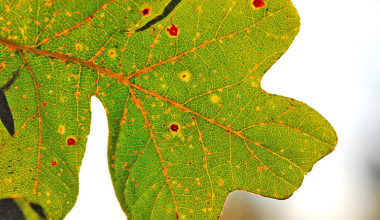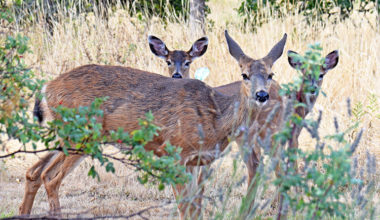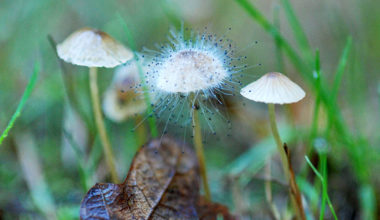
Functional Groups
Functional Groups
Animals are consumers that eat other organisms, or parts of organism, to survive.
Learning Objective: Provide the functional classification of various animals, including structures used for feeding.
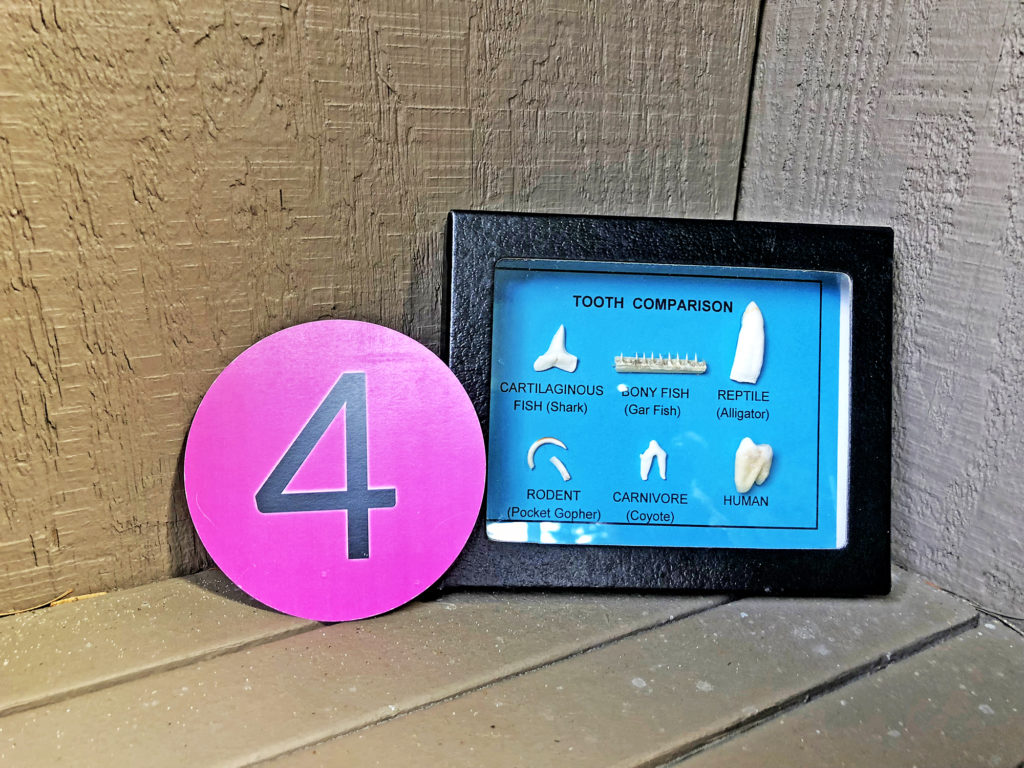
Taxonomic classification groups organisms by structural and evolutionary relatedness.
Functional classification groups organisms based on their role in their ecosystem.
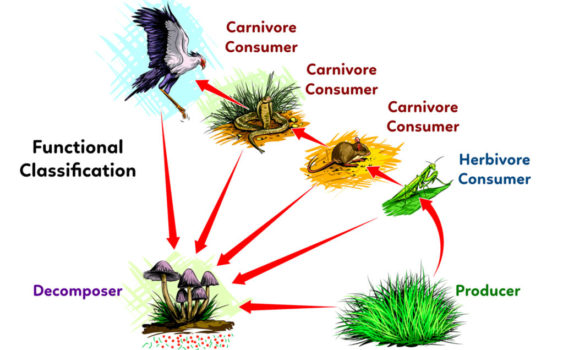
Animals need to consume other consumers for nutrients and energy:
Herbivore consumers eat producers
Carnivore consumers eat other consumers, or their recently dead remains (scavengers)
Omnivores can eat producers and consumers
Animals do not choose their functional group, they have digestive organs, feeding structures, dietary requirements, and behaviors that obligate them to eat certain foods.
Of the different consumer functional groups, which has the most potential flexibility in diet?
Answer: omnivores like humans, foxes and crows can live off different foods in a variety of habitats
Vertebrate feeding structures indicate functional roles.
Watch this video; you can select the closed captioning \”cc\” option if you would like to see the text.
Other feeding structures include whale baleen and snail radulas.
Whale baleen is made of keratin protein, the same protein found in human fingernails. The brush-like baleen filters massive amounts of small organisms out of the water or sand.
Snail radulas are like sandpaper \”tongues\” that scrape algae off of rocks. Radulas are made of chitin, a tough sugar, strong enough to take paint off of underwater surfaces.
In the Willamette Valley, turkey vultures are large scavenger consumers.
Vultures primarily live off of carrion, dead animals found along roads and in newly dug fields.
Turkey vultures have excellent vision and a strong sense of smell used to detect food.
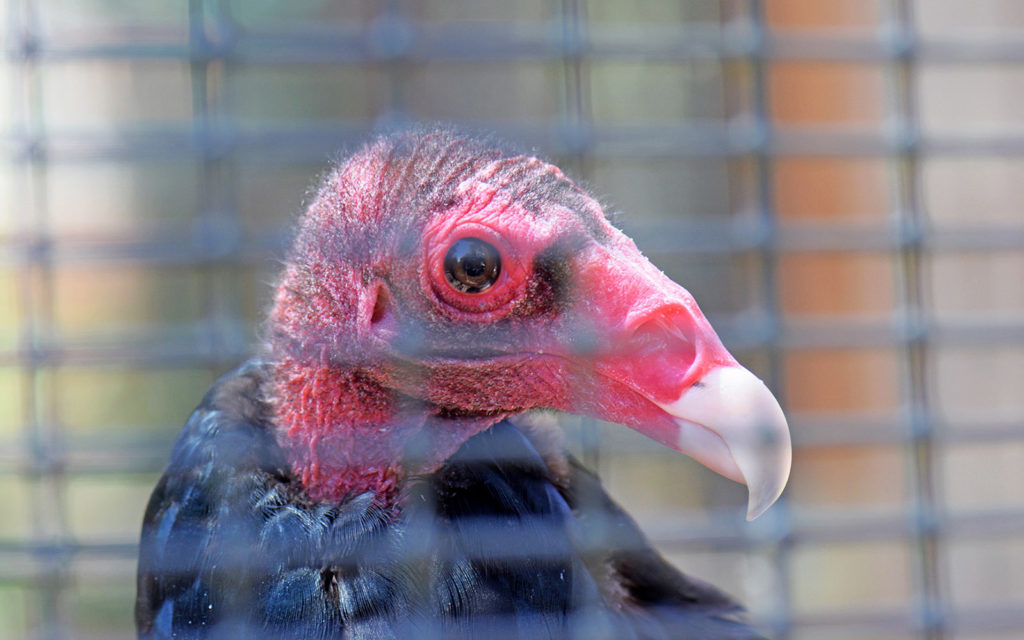
The turkey vulture beak enables it to gouge and tear tissue.
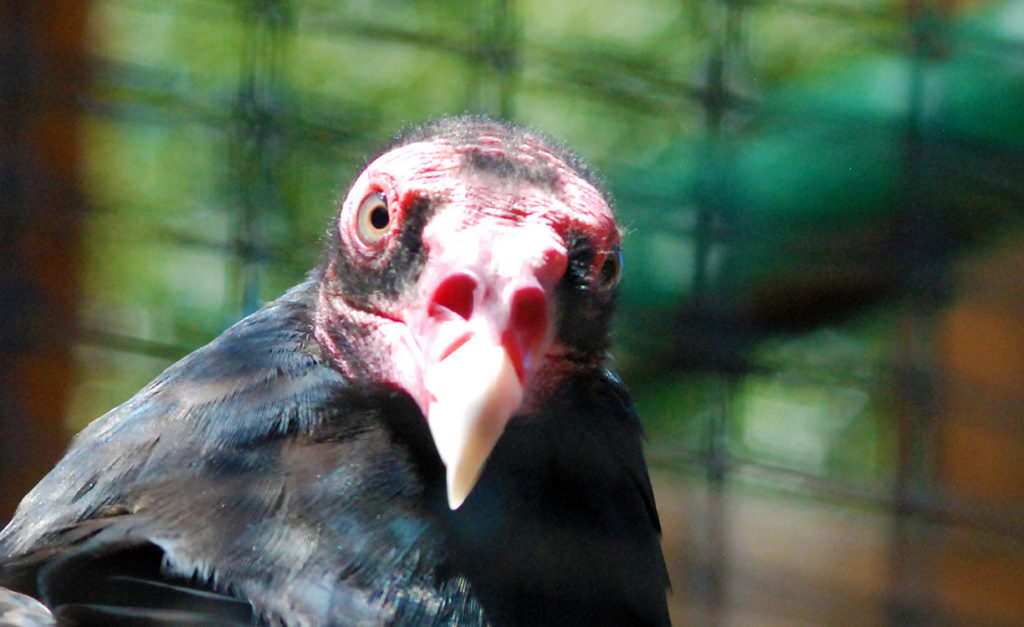
Turkey vultures are sometimes confused with wild turkeys. Both have red heads, but the difference in beaks indicates different functional roles.
Wild turkeys are not native to Oregon, they were introduced as a game bird in 1961. Now they are frequent visitors to our fields.
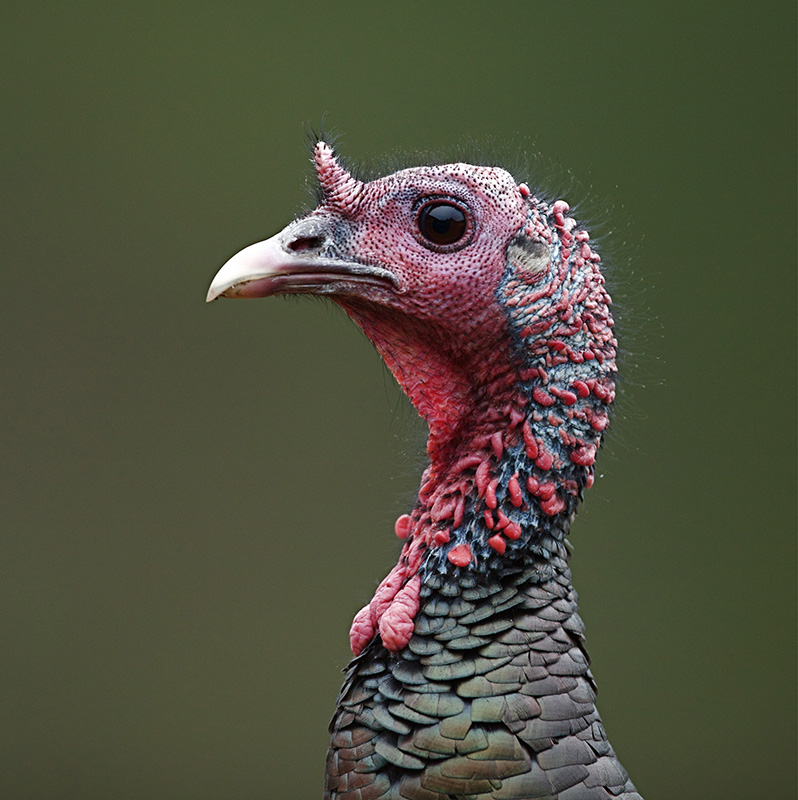
Turkeys are omnivores and their beaks enable then to crack over large seeds and catch small animal prey.
Animals structures relate to their functions. The difference in turkey vulture and turkey beaks tell the story of their roles in their habitats.
The next section provides more specific information on the functional role of soil animals.

